Table of Contents
Quality Service Guarantee Or Painting Free

Get a rental agreement with doorstep delivery

Find the BEST deals and get unbelievable DISCOUNTS directly from builders!

5-Star rated painters, premium paints and services at the BEST PRICES!
Loved what you read? Share it with others!
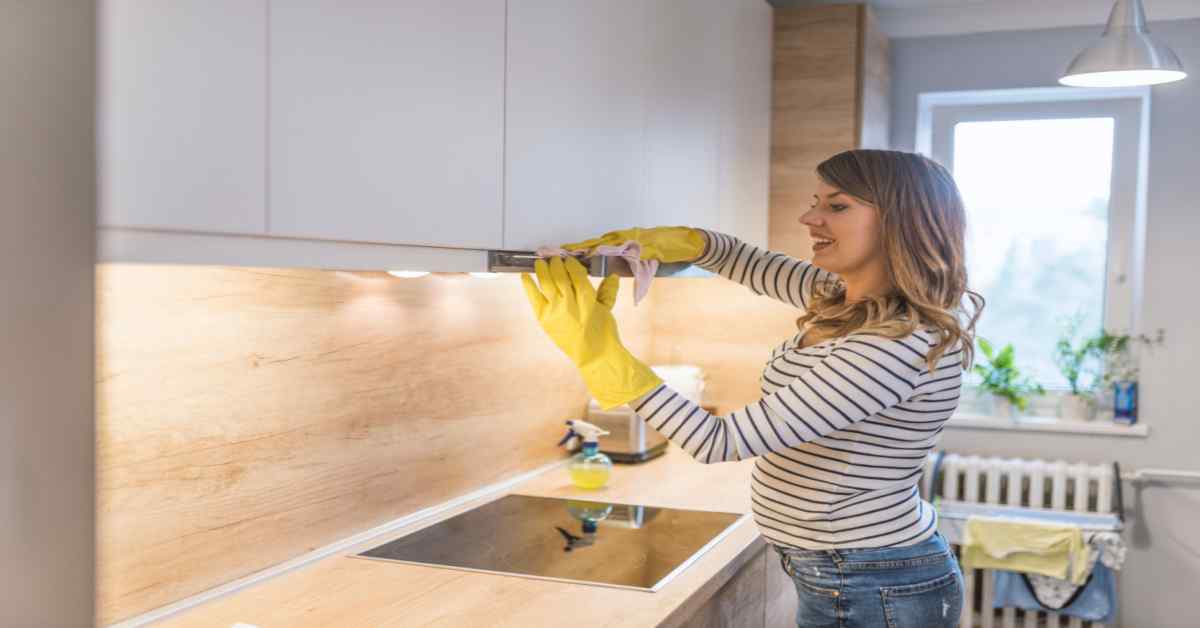

Submit the Form to Unlock the Best Deals Today
Check Your Eligibility Instantly

Experience The NoBrokerHood Difference!
Set up a demo for the entire community
How to Clean Kitchen Exhaust Fan Properly?
Table of Contents
Your kitchen exhaust fan, often an unsung hero, works diligently to ensure the air in your cooking space remains fresh, clean, and devoid of lingering odours. Yet, just like any other essential appliance, your exhaust fan demands regular attention to maintain its effectiveness and longevity.
In this ultimate guide, we'll walk you through how to clean a kitchen exhaust fan, ensuring it continues to serve you at its best, and maintaining a safe and pleasant culinary environment. Whether you're a novice in the kitchen or a seasoned chef, this guide will provide the insights and tips you need to keep your exhaust system in top shape. Let’s embark on this journey to breathe easier and cook better!
Things Required to Clean Kitchen Exhaust Fan
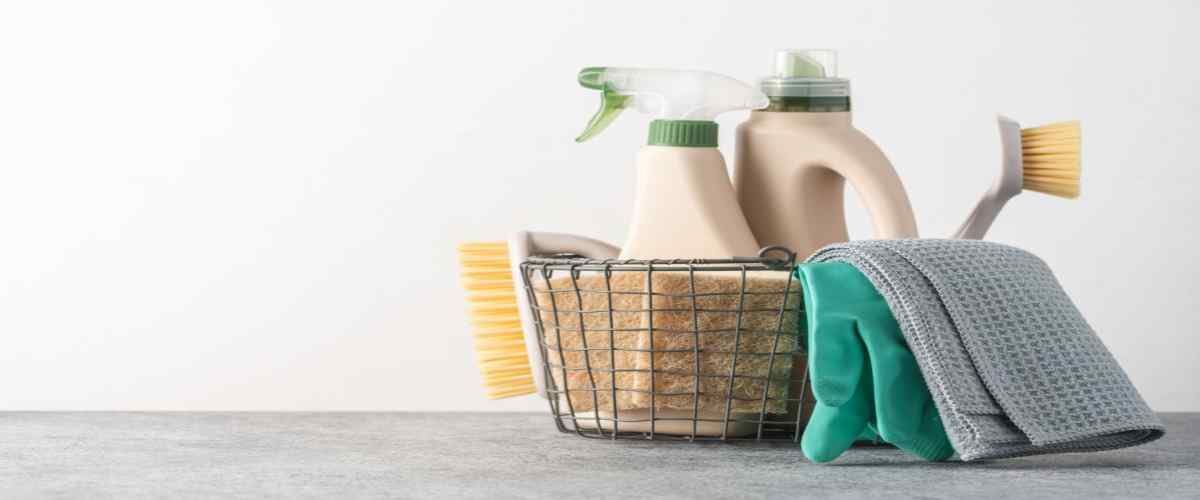
Cleaning the kitchen exhaust fan is essential to maintain a healthy and smoke-free environment in your kitchen. Over time, grease, dirt, and other particles can accumulate on the fan and its filters, leading to decreased performance and potentially posing a fire hazard.
Quality Service Guarantee Or Painting Free

Get a rental agreement with doorstep delivery

Find the BEST deals and get unbelievable DISCOUNTS directly from builders!

5-Star rated painters, premium paints and services at the BEST PRICES!
Regularly conducting a thorough kitchen extractor fan cleaning ensures your kitchen remains safe and your fan operates efficiently. Here’s what you’ll need:
| Category | Items/Description |
| Safety Gear | Gloves: Protect hands from grease and dirtSafety goggles: Shield eyes from dust or debris |
| Cleaning Agents | Dishwashing liquid or degreaser: Break down accumulated greaseBaking soda: Natural cleaning agentVinegar: Cuts grease and deodorizes |
| Tools & Supplies | Screwdriver: Remove exhaust fan cover or grillSoft brush or old toothbrush: Scrub hard-to-reach areasSponge or microfiber cloth: Wipe and cleanBucket or basin: Mix cleaning solution/rinse partsWarm water: Dissolve grease and grim |
Step-by-Step Guide: How to Clean Kitchen Exhaust Fan Grease

Cleaning the grease from your kitchen exhaust fan is crucial to maintaining proper ventilation and a healthy cooking environment. Over time, the exhaust fan accumulates grease and oil, reducing its efficiency and posing potential fire risks.
Wondering how to clean kitchen exhaust fan grease? Here's a comprehensive guide to help you through the process using some effective and proven methods:
1. Preparation: Ensure the exhaust fan is turned off and unplugged. Wear protective gloves and safety goggles for protection.

2. Remove the Exhaust Fan Filter: Use a screwdriver to remove the exhaust fan filter. It's an essential step in understanding how to clean kitchen exhaust fan filters.

3. Soaking the Filter: Fill a basin with warm water and a quality degreaser or your chosen kitchen exhaust cleaning chemicals. Allow the filter to soak for a minimum of one hour.

4. Scrubbing the Filter: After soaking, scrub away the grease and dirt using a brush. For stubborn grease spots, sprinkle some baking soda and scrub.
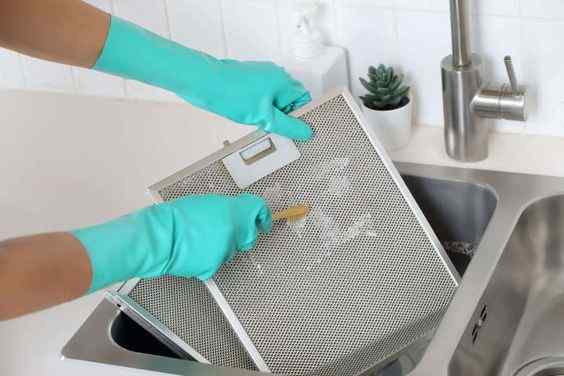
5. Rinse and Dry: Rinse the filter under running water to remove all cleaning solution residues. You can either let it air dry or gently pat it dry using a clean cloth.

6. Cleaning the Exhaust Fan: To remove oil from the exhaust fan blades and inner parts, wipe with a cloth soaked in a degreaser mixture. For thick grease areas, use a soft brush.

7. Reassemble the Exhaust Fan: Once everything is clean and dry, put the fan back together, ensuring all parts are secure.

How to Clean the Exhaust Fan Without Removing It?
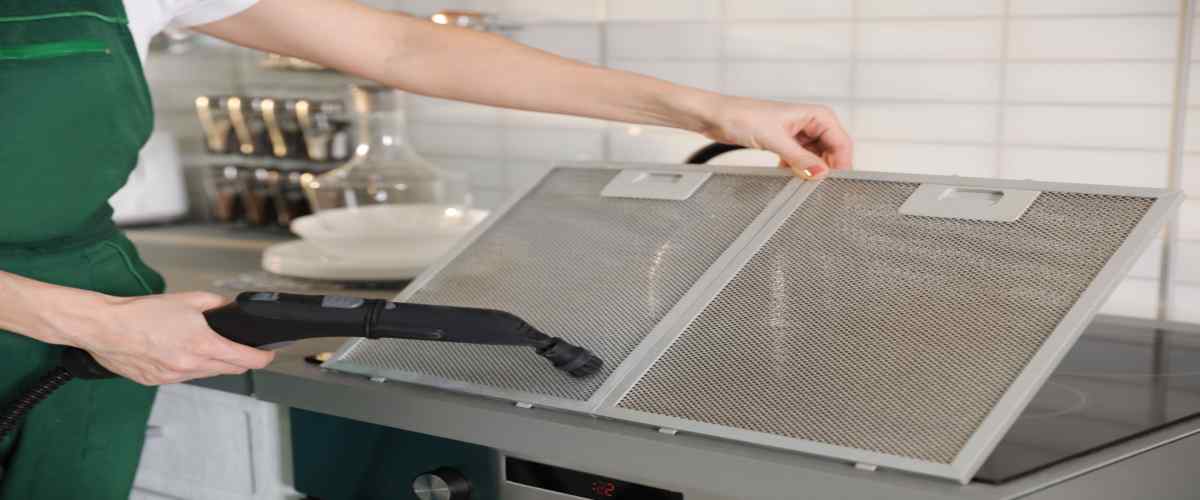
Discover practical kitchen cleaning tips to maintain your exhaust fan's efficiency without the hassle of removing it. Follow these simple steps to ensure a clean and safe kitchen environment.
1. Safety First: Ensure the exhaust fan or range hood is turned off. Unplug the unit from the electrical outlet for safety during cleaning.
2. Remove the Filter: Most kitchen exhaust fans come with removable filters. Gently slide or pop out the filter.
3. Soak the Filter: Fill your sink or a large basin with warm water and add a few drops of dish soap or degreaser. Place the filter in the soapy water and let it soak for 10-15 minutes.
4. Scrub the Filter: After soaking, use the old toothbrush or sponge to scrub the filter gently. Pay attention to areas with thick grease or grime buildup.
5. Rinse and Dry: Thoroughly rinse the filter under running water. Shake off excess water and leave it to air dry completely before reinserting it.
6. Clean the Fan Blades and Interior: If your exhaust fan has visible blades or an internal fan, clean them gently using a cloth dampened with soapy water. Ensure not to let water drip into the motor. For hard-to-reach areas, the old toothbrush can be helpful.
7. Vacuum the Exterior: Using the brush attachment on your vacuum, gently vacuum the exterior of the exhaust fan to remove dust and cobwebs.
8. Wipe Down the Exterior: Dampen a cloth with soapy water and wring out excess moisture. Wipe down the exterior of the exhaust fan to remove grease and dirt. Then, using a dry cloth or paper towel, dry off any remaining moisture.
9. Reassemble the Unit: Once the filter is completely dry, place it back into the exhaust fan. Reconnect the unit to the electrical socket.
10. Test: Turn on the exhaust fan to ensure it's working properly.
Remember to clean your kitchen exhaust fan regularly to maintain its efficiency and prolong its lifespan. Monthly cleaning or at least once every three months is recommended, depending on how frequently you cook.
DIY Kitchen Exhaust Fan Cleaning Solutions Using Household Items
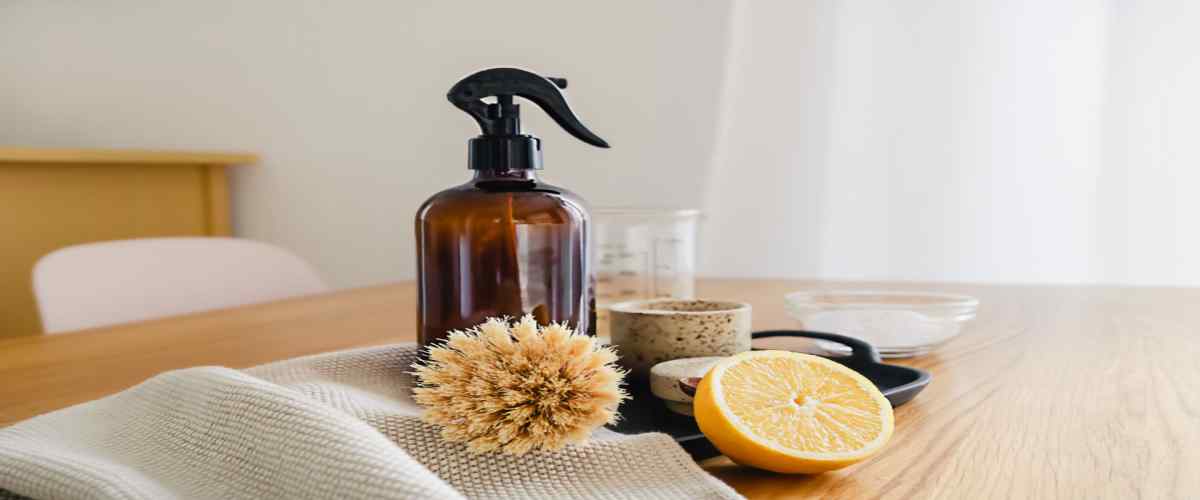
Cleaning your kitchen exhaust fan is an essential task to maintain good indoor air quality and prevent fire hazards. You can create effective DIY exhaust fan cleaning solutions using common homemade cleaning aids. Here are some methods to clean your kitchen exhaust fan at your home:
Before you start: Make sure to turn off the power to your kitchen exhaust fan and, if possible, remove the filters or cover for easier access and cleaning.
1. Baking Soda and Vinegar Solution:
- Mix 1/2 cup of baking soda with 1/4 cup of white vinegar to create a foaming cleaning solution.
- Apply the mixture to the fan blades, housing, and filters using a sponge or cloth.
- Let it sit for 10-15 minutes to break down grease and grime.
- Scrub the surfaces gently and wipe them clean with a damp cloth.
- Rinse the filters with water and let them dry completely before reinstalling.
2. Dish Soap and Water:
- Fill a basin or sink with warm, soapy water (use mild dish soap).
- Remove the filters and soak them in the soapy water.
- Wipe down the fan blades, housing, and other surfaces with a sponge or cloth soaked in soapy water.
- Thoroughly rinse the filters and let them dry completely before reinserting them.
3. Lemon and Salt Solution:
- Slice a lemon in two and scatter some salt over the cut surface.
- Use the lemon as a scrubber for the fan blades and surfaces.
- The natural acidity of the lemon helps break down grease, while the salt acts as an abrasive cleaner.
- Wipe away the residue with a damp cloth and rinse the filters.
4. Ammonia and Water (for stubborn grease):
- Only use this method if other methods haven't worked, and ensure proper ventilation.
- Dilute 1/4 cup of ammonia in a gallon of water.
- Apply the solution to the exhaust fan blades and surfaces with a sponge or cloth.
- Allow it to sit for a few minutes to loosen stubborn grease.
- Cleanse by wiping with a moistened fabric and ensure a thorough rinse afterwards.
NoBroker Cleaning Services – Your Trusted Partner for a Pristine Kitchen!
In this blog, we have explored comprehensive steps on how to clean a kitchen exhaust fan, ensuring a smooth, efficient, and safe cooking environment. However, if you find yourself short on time, expertise, or the necessary tools to give your exhaust fan the cleaning it deserves, don't hesitate to reach out to NoBroker Cleaning Services. Our dedicated team of professionals is ready to take the burden off your shoulders and ensure your kitchen exhaust fan is in pristine condition, allowing you to cook with peace of mind.
For a hassle-free kitchen exhaust fan cleaning experience, contact NoBroker Cleaning Services today. Your kitchen and your family's well-being deserve nothing less than the best!
Frequently Asked Questions
A: The frequency with which you should clean your kitchen exhaust largely depends on how often you cook and what type of cooking you do. As a general guideline:
1) For light cooking (e.g., boiling, steaming): every 3-6 months.
2) For regular/moderate cooking: every 2-3 months.
3) For heavy cooking (e.g., frying, grilling): every month.
A: Absolutely! In India, NoBroker offers a wide range of home services, and you can often find professional kitchen exhaust cleaning among them. NoBroker can help you with verified service providers, ensuring safe and effective cleaning for your kitchen exhaust system.
A: If you decide to use chemicals, always opt for kitchen-safe, non-toxic, and eco-friendly solutions. Read the product label and follow the manufacturer's guidelines closely. Some chemicals can corrode or damage the exhaust if not suitable. It's crucial to rinse thoroughly after cleaning to ensure no chemical residues remain, which could contaminate the air when the exhaust is used.
A: Indications that your kitchen exhaust fan might need cleaning include:
1) Reduced airflow or weaker suction.
2) Accumulation of grease or grime when you touch the surface or the filters.
3) A noticeable increase in kitchen odours.
4) The exhaust makes more noise than usual.
5) Visible smoke or haze in the kitchen even with the fan on.
A: Yes, cleaning your kitchen exhaust regularly will help in reducing cooking odours. A clean exhaust system works more efficiently, removing cooking fumes and odours effectively. Accumulated grease and grime can trap and hold odours, so regular cleaning ensures these smells are eliminated.
A: Yes, a clogged kitchen exhaust can lead to increased electricity bills. When the exhaust or its filters are clogged, the motor needs to work harder to expel the air, leading to increased energy consumption. A clean and well-maintained exhaust system operates more efficiently, conserving energy and reducing electricity costs.
A: For optimal performance, it's recommended to clean your range hood filter every three to four months, or more frequently if you cook often
A: Kitchen vent cleaning should ideally be performed every 3-6 months to ensure optimal airflow and prevent grease buildup.
A: A residential range hood cleaning service specializes in thoroughly cleaning the exhaust system of kitchen range hoods in homes, removing grease and grime buildup for enhanced safety and efficiency.
Recommended Reading
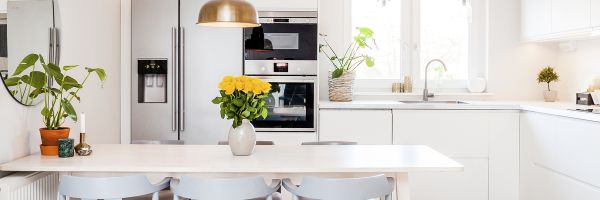
Top Kitchen Cleaning Ideas and Hack for a Sparkling Space
January 31, 2025
3189+ views
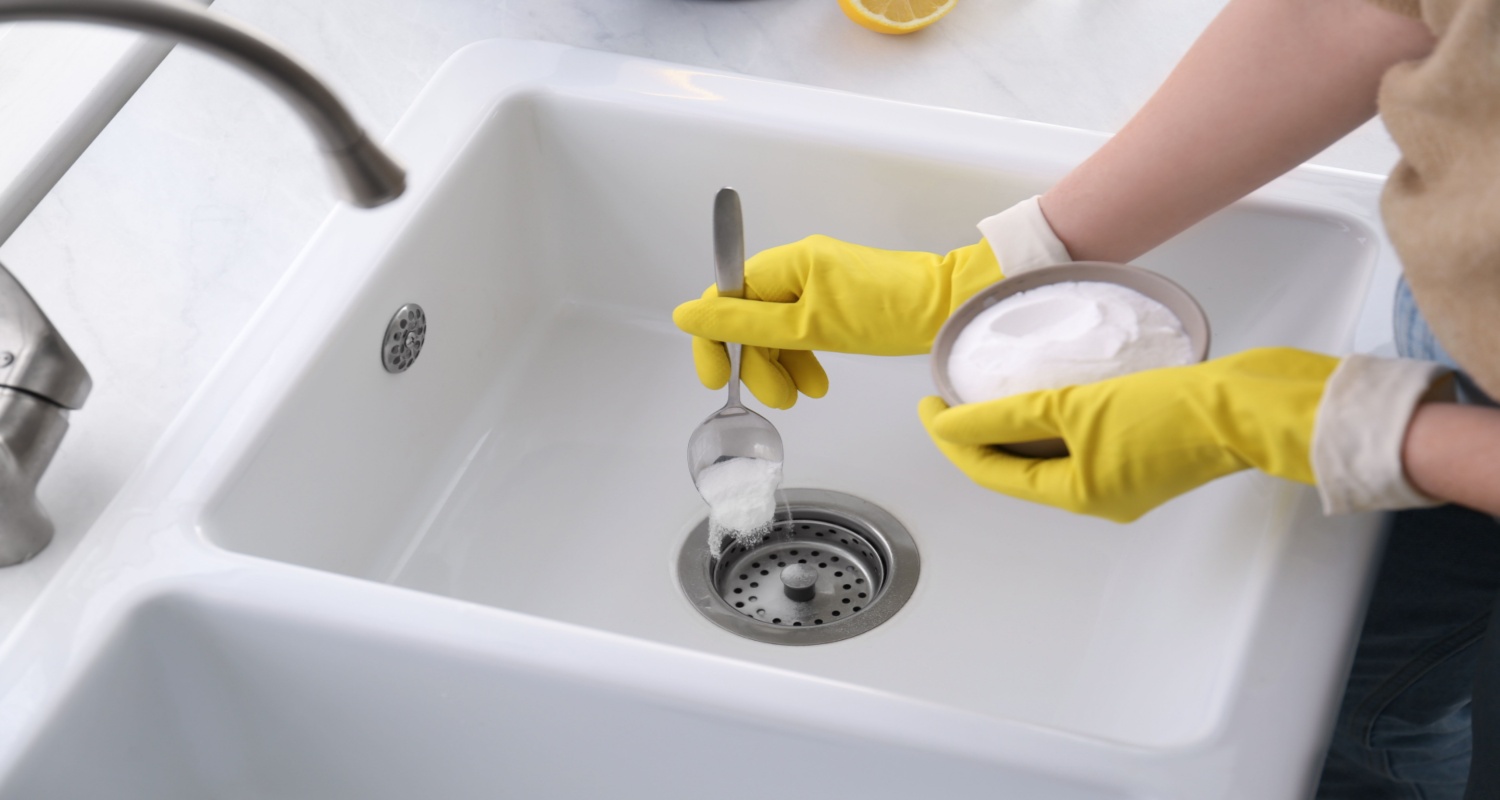
How to Clean Your Kitchen Sink: Simple Steps for a Sparkling Finish in 2025
January 31, 2025
6532+ views
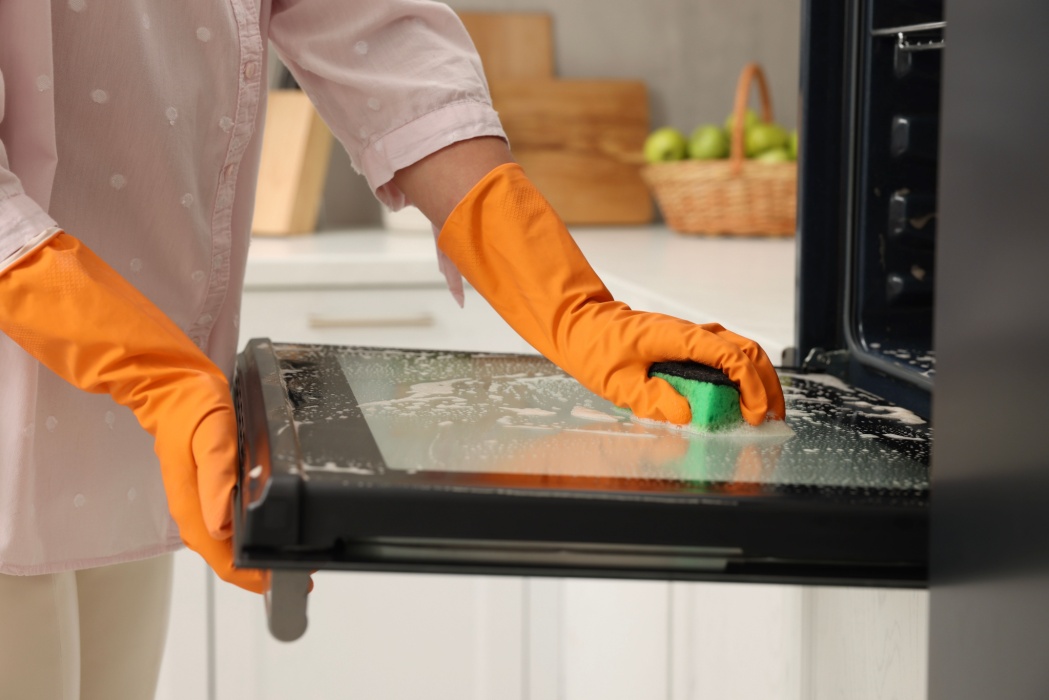
January 31, 2025
3797+ views

How to Clean Fridge: A Comprehensive Guide for a Sparkling Kitchen
January 31, 2025
2031+ views

Ultimate Guide to Cleaning Kitchen Cabinets Like a Pro
January 31, 2025
1996+ views
Loved what you read? Share it with others!
NoBroker Cleaning Testimonials
Best cleaning service by nb. Would recommend others too
I recently used NoBroker Cleaning Services for a deep house cleaning, and I am quite satisfied with the experience. The booking process was smooth and hassle-free, and the team arrived on time as scheduled. The cleaning professionals were thorough and well-equipped, ensuring every corner of the house was properly cleaned. They paid attention to details, including dusting, mopping, and scrubbing hard-to-reach areas. My kitchen and bathrooms, in particular, were cleaned to a high standard, leaving them spotless and fresh. Overall, NoBroker Cleaning Services provided good value for money, and I would recommend them to anyone looking for a reliable and convenient cleaning service.
Very good cleaning service provider I required next time staff friendly
team was very good The service was very professional Very satisfied by the work
Very good professional work done by house cleaning. Worth every penny.
Best service
Easy hassle free service from booking to execution. The interaction with customer care and service person were pleasant. Satisfied by the cleaning, much recommended.
I really well experience with bathroom cleaning un believable work with good hygiene. I recommend to everyone. I will continue with bathroom cleaning from last 4 months.
Recently opted the cleaning services from no broker. The service was on time and really good with affordable price. The technicians are polite and did their job perfectly.
Nice work
The finest service with affordable cost. Great 👍 work done by these people. Always Recommended
Nice service
Awesome service .. they are so good and super fast and does cleaning awesomely perfect!!!!
Best deep cleaning service provider in pune .Very polite and professional in their work. Best complements to the entire team..
Best flat cleaning service provider in pune Very good service.... Very quick and neat and clean home..... It was shining like mirror.. Highly recommended.
Superb house cleaning service provider in wakad pune Kitchen cleaning was done very sincerely. All equipment and chemicals were got along by the team. Punctual, sicere, good work quality.
Best cleaning service in Pune. Timely work till customer satisfaction. Thanks to team.
Thank you, nobroker cleaning services for your outstanding service. Keep up the fantastic work!
There service are best compared to price. Time was always perfect. I really appreciate their team for perfection and much more
Awesome house cleaning service provider in pimple saudagar .I sincerely appreciate your work. you put so much effort into your work that the house is immaculate 👌👍 thank you for your great service you have been very professional in handling our needs thank you ☺️
I have availed service for terrace floor cleaning. The persons who came for cleaning were very professional. They performed the task very nicely.
Best ac service provider in pune .Nice Work Good AC Service Immediately Response On Time All Call Attend
Best ac service provider in pune .Nice Work Good AC Service Immediately Response On Time All Call Attend
Great ac repair and service in pune .Very professional they understand customers problems and relevant cost wise, also work wise the are exc8
Cleaning was done very effectively. The staff also is very humble and resolved all doubts about the task. Will definitely recommend to anyone requiring deep cleaning services
Best house deep cleaning provider in pune .I got reference from friends. I deep cleaned my house first time. And I am very glad that I picked them. No other company cleans wall. But Nobroker is very effiecient wall cleaner.
One of the best service provider in Pune. Quality of work
Best cleaning services provider in bangalore .superb services provided by her
Best cleaning service provider in bangalore.It was a wonderful experience. Their team spent full time without any hurry and cleaned all the corners of the house. They are polite and very supportive. All of them
As per our request, They clean excellent with speed and provide me Affordable Cleaning service provider in bengalore .I am completely impressed with their professionalism and customer service. Thanks
Nice service
Highly recommended for the people who are looking for for packers and movers in chinchwad
Nobroker Cleaning Services is the go-to company for all your cleaning needs. They have a dedicated team that goes above and beyond to ensure customer satisfaction.
NoBroker Home Service Office has been a game-changer in my property search. Their user-friendly platform, efficient customer service, and transparent deals make the home-hunting process a breeze. I found my dream home with ease, and their support team was always there to assist. Highly recommended for hassle-free property transactions!
I recently used nobroker services to have my house cleaned, and I must say, I was impressed with their work. The team was prompt, courteous, and professional
Had a fantastic experience with Nobroker. They have made our moving into a locked home, super swift and smooth. Very polite, knowledgeable and efficient folks.
We are quite satisfied of what we get. They are quite professional and sincere towards their work.well done nobroker team
Nice job
Nice experience with Nobroker Cleaning service
Most Viewed Articles

Diwali Cleaning Tips and Guide: Make Your Home Shine for the Festival in 2025
January 31, 2025
14165+ views
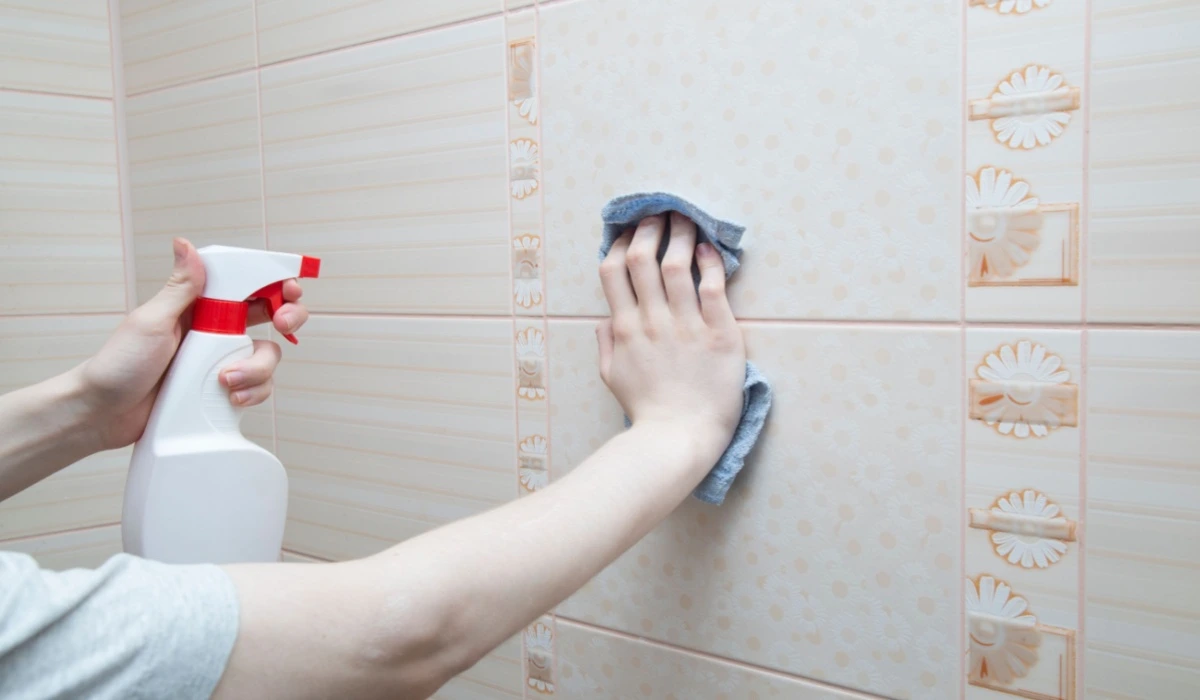
How to Clean Bathroom Tiles: Easy and Effective Methods for a Sparkling, Hygienic Bathroom for 2025
January 15, 2025
11164+ views

How to Clean Kitchen Exhaust Fan Properly?
January 15, 2025
8976+ views
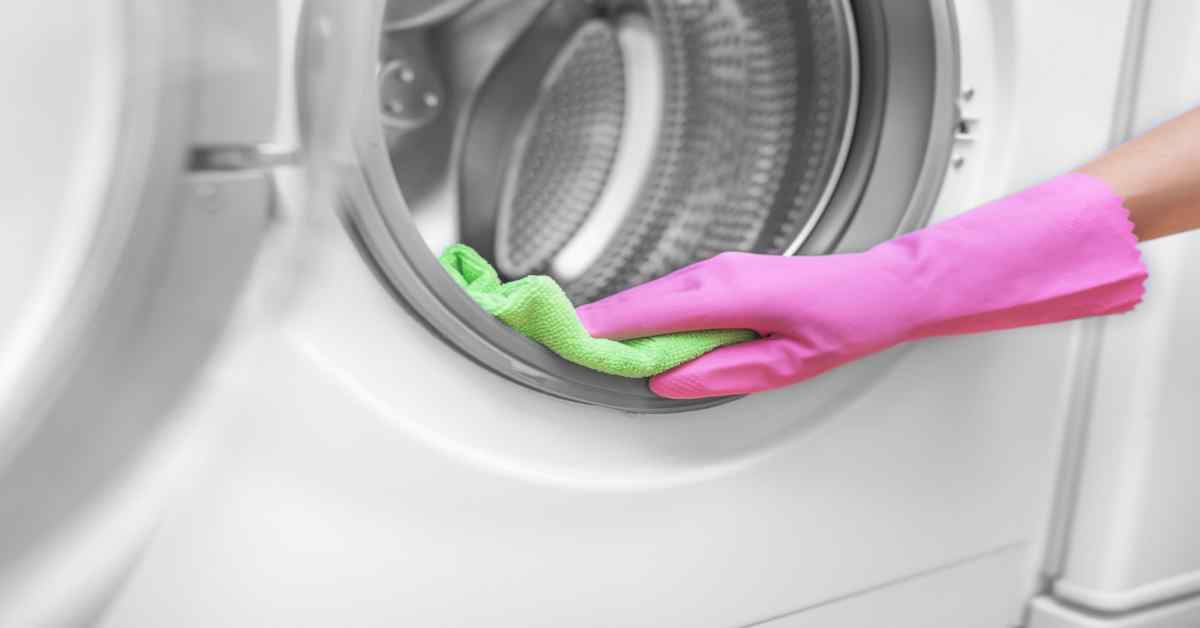
Deep Clean Your Washing Machine: Step-by-Step Guide & Tips
January 31, 2025
8625+ views

January 31, 2025
8336+ views
Recent blogs in
Bathtub Cleaning Solutions: Step-wise Cleaning Methods to Keep Your Tub Sparkling Clean in 2025
February 24, 2025 by Krishnanunni H M
Top 10 Bathtub Cleaner Liquids With Prices in India: Benefits and Uses in 2025
February 24, 2025 by Kruthi
Top 10 Marble Cleaning Liquids with Prices in India in 2025
February 23, 2025 by srivalli susarla
How to Clean Couches at Home: Effective Tips for Every Couch Material in 2025
February 23, 2025 by Kruthi
Top 10 Floor Cleaner Liquids with Prices in India 2025
February 23, 2025 by Kiran K S




Join the conversation!